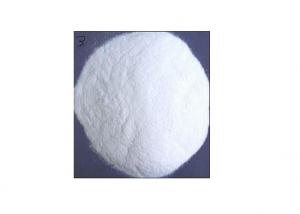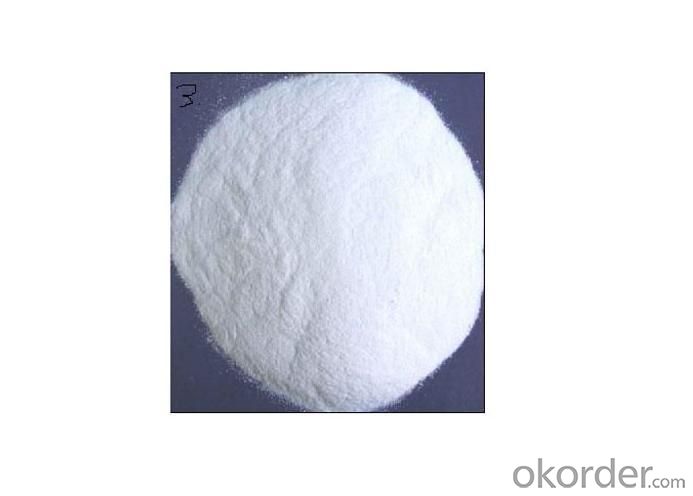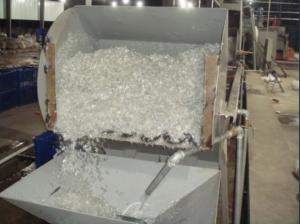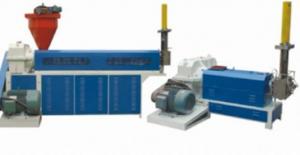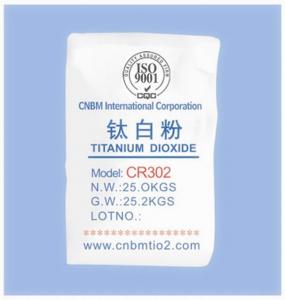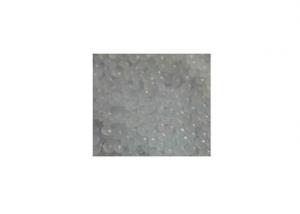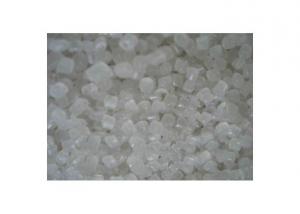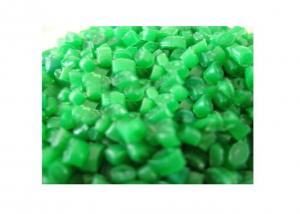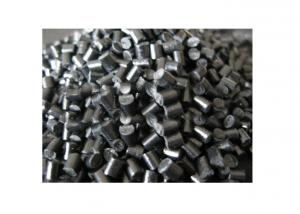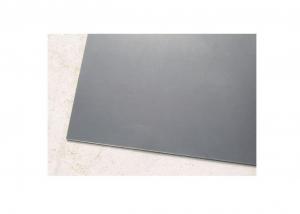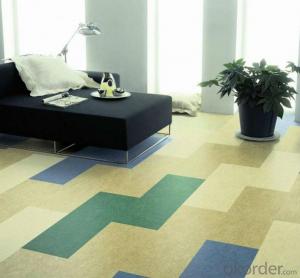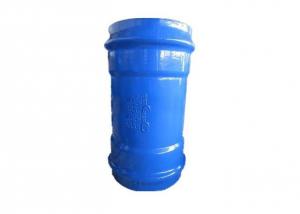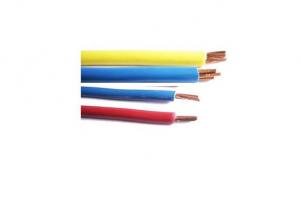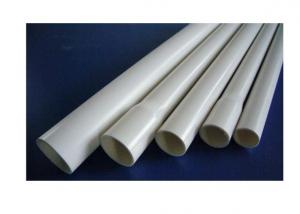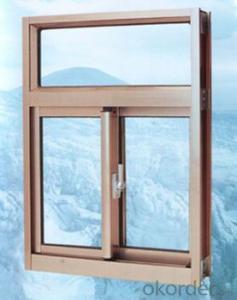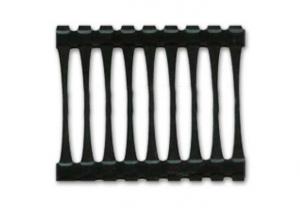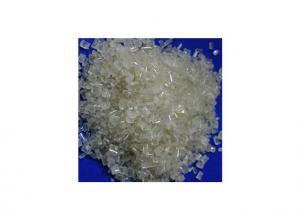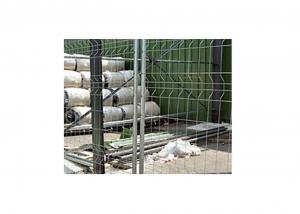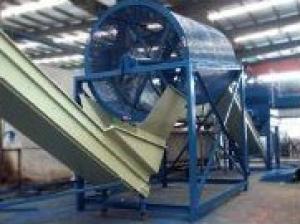PVC (Poly Vinyl Chloride)
- Loading Port:
- China Main Port
- Payment Terms:
- TT or LC
- Min Order Qty:
- 5 Metric Tons m.t.
- Supply Capability:
- 1500 Metric Tons per Month m.t./month
OKorder Service Pledge
OKorder Financial Service
You Might Also Like
Detailed Product Description
Suspension PVC, Mass PVC, Emulsion PVC, C-PVC - all of your PVC requirements from a number of different origins.
PVC Resin
|
Type: |
SG1 |
SG2 |
SG3 |
SG4 |
SG5 |
SG6 |
SG7 |
SG8 |
|
Viscosity, ml/g(or K value) |
156-144 (77-75) |
143-136 (74-73) |
135-127 (72-71) |
126-119 (70-69) |
118-107 (68-66) |
106-96 (65-63) |
95-87 (62-60) |
86-73 (59-55) |
|
Volatiles content %, ≤ |
0.40 |
0.40 |
0.40 |
0.40 |
0.40 |
0.40 |
0.40 |
0.40 |
|
Apparent density g/ml≥ |
0.42 |
0.42 |
0.42 |
0.45 |
0.45 |
0.45 |
0.45 |
0.45 |
|
Residual 0.25mm mesh ≤ 0.063mm mesh ≥ |
2.0 |
2.0 |
2.0 |
2.0 |
2.0 |
2.0 |
2.0 |
2.0 |
|
90 |
90 |
90 |
90 |
90 |
90 |
90 |
90 | |
|
Number of grain/400cm 2 ≤ |
40 |
40 |
40 |
40 |
40 |
40 |
50 |
50 |
|
Plasticizer absorbency value of 100g resin |
25 |
25 |
25 |
22 |
17 |
15 |
12 |
12 |
|
Whiteness %,≥ |
75 |
75 |
75 |
75 |
75 |
75 |
70 |
70 |
|
Conesponding Polymerization Degree |
1535-1785 |
1370-1535 |
1250-1370 |
1150-1250 |
1000-1150 |
850-950 |
750-850 |
650-750 |
2.Used:
Polrvinyl chloride (PVC) is white powder in appearance. PVC hard products can replace metal and could be made into various industrial profiles, doors and windows, pipes, valves, etc.
3.Packing:25kg/pp bag,20MT/20'Fcl
- Q: What is the raw material used in the production of plastic products?
- Common mineral water bottles and carbonated beverage bottles are made of this kind of material which can not be recycled or hot water. Its heat-resistant temperature is only 70 degrees, only suitable for warm drinks or cold drinks, high temperature liquid or heating, easy to deformation, will dissolve the harmful substances. The scientists also found that the plastic could release carcinogens in 10 months. Therefore, when the beverage bottle is used up, it should be thrown away. It should not be used as a drinking cup or used as a storage container to hold other foods, so as not to cause health problems.
- Q: What material is best for plastic gears?
- The most commonly used is the POM. It can be made of carbon fiber reinforced, more stable size, of course, can also use high-end engineering plastics, such as: PEEK, SP-1, Teflon, LR, and so on. For different occasions, different characteristics of the use of choice
- Q: What is the concept of plastic raw materials for turnover containers?
- Plastic turnover box, other features: 1) plastic turnover box outer dimension refers to the maximum size of the logistics box cover. 2) the plastic turnover box has no standard inner concave, and the case size is 18mm. 3) the carrying capacity of a plastic turnover box means that the load is uniformly placed within the range of the environmental temperature. 4) the effective working temperature of the plastic turnover box is -25 DEG C - 40 DEG C. 5) plastic turnover boxes can be stacked for storage, saving space.
- Q: Plastic raw materials packaging is generally divided into several categories?
- A variety of kraft paper, polyethylene thick film, fiber bags, aluminum foil bags
- Q: What is the specific material for plastic pallets?
- There are two kinds of raw materials for plastic pallets: one is polypropylene (PP) and the other is polyethylene (HDPE).Plastic pallets for logistics storage: pp+pe material, recycled material 10%;Plastic trays for food trays: food grade PP, PE, pc;
- Q: Plastic raw materials are granular, why not powder?
- Like PP and PVC, they all have powder. Only powdery materials are liable to cause dust poisoning. In fact, the powder material in the performance of granular to better, but in the processing of molding difficult.
- Q: What are the raw materials needed for producing plastic hair dryer shell and flashlight shell?
- PA nylon as a large amount of Engineering plastics. Widely used in machinery, electrical appliances, textile equipment, chemical equipment, aviation and other fields. Become an indispensable structural material in all walks of life, the main features are as follows:1. excellent mechanical properties. High mechanical strength and good toughness.2. excellent heat resistance. Such as nylon 46, high crystallinity Nylon high thermal deformation temperature, can be used at 150 degrees Celsius for a long time. PA66 after glass fiber reinforcement, its thermal deformation temperature above 250 degrees celsius.3. excellent electrical insulation performance. Nylon has high volume resistance and high breakdown resistance. It is an excellent insulating material for electrical and electrical equipment.4. self lubrication, good friction resistance. Nylon has a good self lubrication, small friction coefficient, so as to drive parts, long service life.5. excellent weather resistance.
- Q: Does anyone know what kind of plastic material PP-M40 is?
- High gloss PP has high gloss, high fluidity, heat resistance, medium impact toughness and fine processability. The utility model is suitable for making household appliances (rice cookers, vacuum cleaners, electric irons, etc.), office equipment, instruments and meters, beauty equipment, etc..
- Q: How about the price of plastic raw materials now?
- The downstream continues to be on demand, with little change in demand. There is a more detailed analysis of quotations
- Q: Do you have plastic materials that are low in price instead of ABS?
- The H series of PP sells for only $13.5, and /KG and ABS are lower.
1. Manufacturer Overview
| Location | Guangdong, China |
| Year Established | 2009 |
| Annual Output Value | |
| Main Markets | North America South America Eastern Europe Mid East Northern Europe South Asia |
| Company Certifications | ISO 9001:2008 |
2. Manufacturer Certificates
| a) Certification Name | |
| Range | |
| Reference | |
| Validity Period |
3. Manufacturer Capability
| a) Trade Capacity | |
| Nearest Port | |
| Export Percentage | 41% - 50% |
| No.of Employees in Trade Department | |
| Language Spoken: | |
| b) Factory Information | |
| Factory Size: | |
| No. of Production Lines | |
| Contract Manufacturing | |
| Product Price Range | |
Send your message to us
PVC (Poly Vinyl Chloride)
- Loading Port:
- China Main Port
- Payment Terms:
- TT or LC
- Min Order Qty:
- 5 Metric Tons m.t.
- Supply Capability:
- 1500 Metric Tons per Month m.t./month
OKorder Service Pledge
OKorder Financial Service
Similar products
Hot products
Hot Searches
Related keywords
